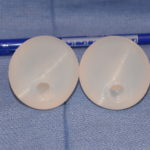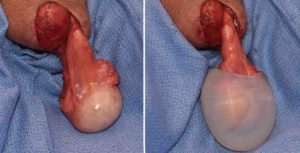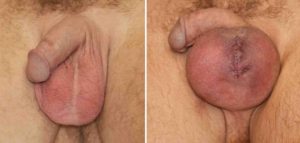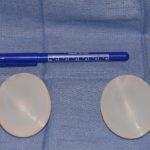Background: Testicular implants have been around for decades and have had their primary use as replacements for a lost testicle.Whether due to failure to descend or removal due to trauma, infection or a malignancy, the absence of a testicle produces scrotal asymmetry which can negatively affect some men. The placement of a testicular implant offers an effective solution whether it is a fluid-filled device (saline) or a solid silicone one. The implant surgery is straightforward, highly effective and offers a fairly quick recovery.
Unlike a lost testicle, some men have an intact pair of them but are bothered by their small size. The average size of a testicle is reported to be 4 x 3 cms with volumes between 17 and 22mls. They are well known to be of slightly different sizes with the left slightly smaller than that of the right. The perception of size may also be influenced by their differential suspension levels with the left often hanging lower than the right.
The widespread use of testosterone hormone therapy is one reason for an aesthetic concern of small testicles as one of its well known side effects is a decrease in testicular size. While this is not the only reason for a below average testicle size it has become one of the more common ones today with the use of numerous male enhancement compounds. Unlike the missing testicle patient what does the man do who has testicles but desires an increase in their size?
Case Study: This middle-aged male had concerns about his testicle size which had decreased after testosterone therapy. His current testicles measured 3.5cms in length. His desire was to increase their size to almost double, up to 6cms in size. He had a lot of loose scrotal skin so he felt he could accommodate that size increase.



Case Highlights:
1) Testicular enlargement implants differ from testicular replacement implants is that they have a hollow inner core as opposed to a solid one.
2) A testicular enlargement implant envelops the existing testicle essentially doubling it in size.
3) A midline raphe scrotal skin incision is used for placement of bilateral implants.
Dr. Barry Eppley
Indianapolis, Indiana



